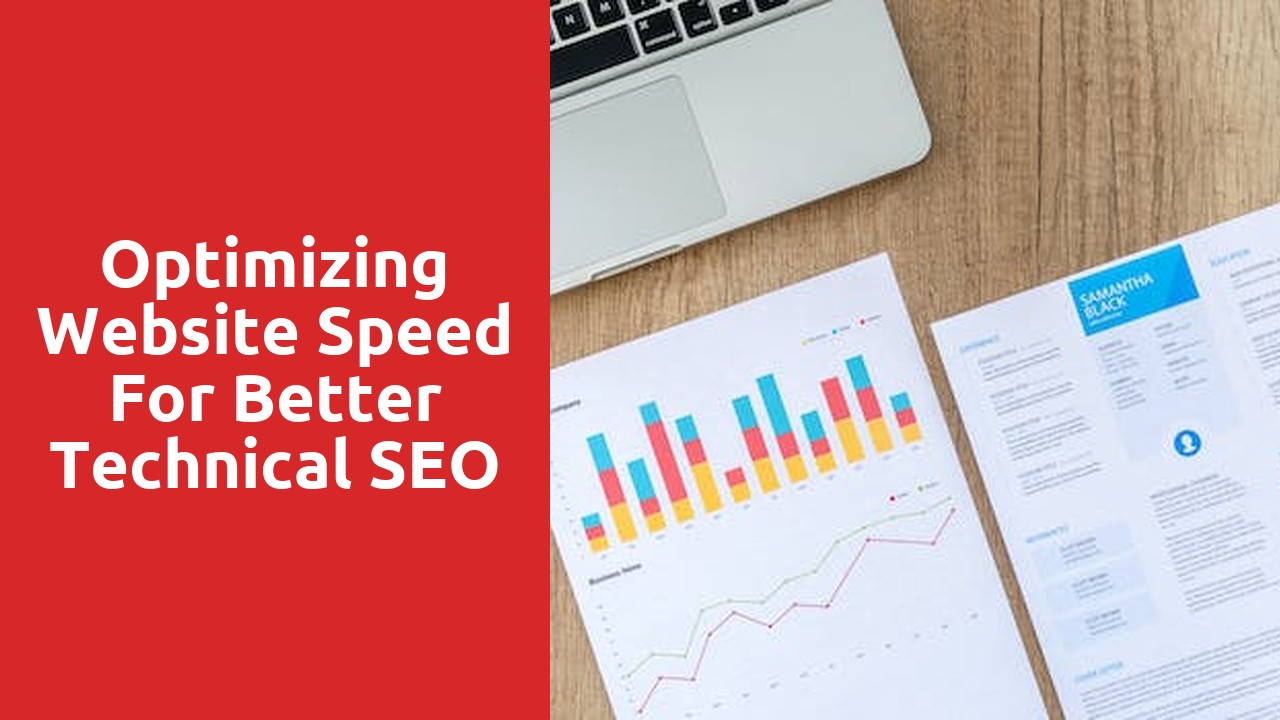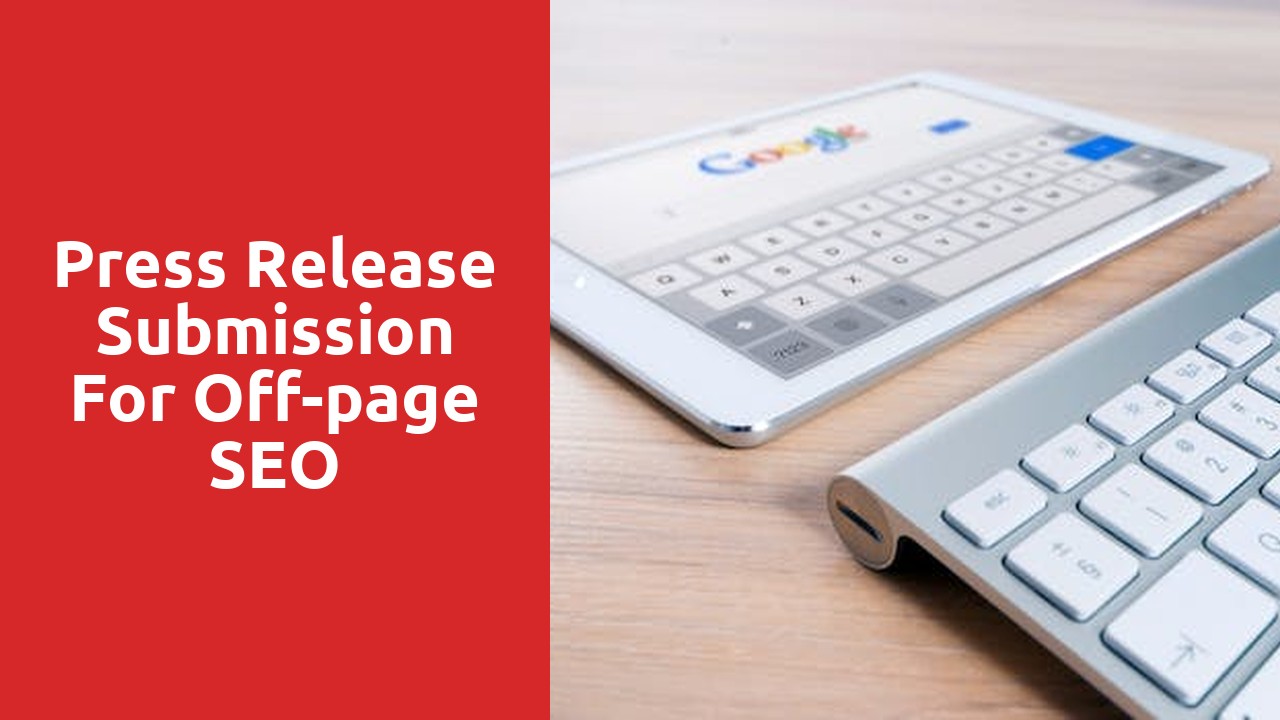The Importance of Website Speed for Technical SEO
When it comes to technical SEO, website speed plays a crucial role in determining the overall performance and user experience of a site. In today’s fast-paced digital landscape, where attention spans are limited and patience is scarce, having a fast-loading website has become more important than ever.
The importance of website speed lies in its ability to impact several key factors that influence search engine rankings and user engagement. Firstly, search engines like Google have explicitly stated that website speed is a ranking factor in their algorithms. A slow-loading site can result in lower rankings, reduced organic traffic, and ultimately, a loss in visibility and potential customers. Additionally, studies have shown that users are more likely to bounce from a website that takes too long to load, leading to higher bounce rates and lower conversion rates. Therefore, optimizing website speed not only improves search engine visibility but also enhances the overall user experience, resulting in higher engagement and ultimately more conversions.
Understanding the Impact of Website Speed on User Experience
Slow website speeds can have a significant impact on user experience. When a website takes too long to load, users become frustrated and may abandon the site altogether. This can result in missed opportunities for businesses, as potential customers are lost due to poor site performance.
One of the main ways website speed affects user experience is through increased bounce rates. Bounce rate refers to the percentage of visitors who leave a website after viewing just one page. Slow loading times can lead to higher bounce rates, as users simply don’t have the patience to wait for a page to load. This means that even if a website has valuable content or products, if it takes too long to access this information, visitors are likely to give up and look elsewhere.
Identifying Factors that Affect Website Speed and SEO Performance
Website speed and SEO performance are closely intertwined, as a slow-loading website can negatively impact its search engine rankings. Identifying the factors that affect website speed is crucial in optimizing its performance and enhancing its overall SEO strategy. One significant factor to consider is the size and complexity of the website’s elements, such as images, scripts, and CSS files. Large, unoptimized images can significantly slow down a website, and excess or poorly implemented scripts can also hinder its loading speed. By minimizing the size of these elements and optimizing their delivery, website owners can improve website speed and, in turn, positively impact their SEO performance.
Another factor to consider is the hosting provider and server location. The quality of the hosting provider, including their server hardware and network infrastructure, can greatly influence website speed. If a hosting provider has slow servers or is located in a geographically distant location from the website’s target audience, it can result in slower loading times. Therefore, choosing a reliable hosting provider and considering the server location in relation to the target audience can help improve website speed and, consequently, enhance SEO performance.
How to Measure Website Speed and Identify Areas for Improvement
Website speed is an essential factor that significantly impacts user experience and overall success. To ensure your website is running at optimal speeds, it is crucial to measure its performance accurately. Several tools are available that can help you evaluate your website’s speed and identify areas for improvement.
One popular tool widely used by web developers and marketers is Google PageSpeed Insights. This tool analyzes a webpage’s content and provides a performance score out of 100. The score is based on various factors, including server response time, render-blocking resources, and image optimization. By checking your website’s score on PageSpeed Insights, you can gain valuable insights into specific areas that require attention.
In addition to PageSpeed Insights, GTmetrix is another effective tool for measuring website speed. This tool not only provides a performance score but also offers a detailed breakdown of your webpage’s loading time, file sizes, and the number of requests. With this information, you can pinpoint the specific elements on your website that are slowing it down. By optimizing these areas, you can significantly improve your website’s speed and overall user experience.
Remember, website speed directly impacts user satisfaction, search engine rankings, and conversion rates. By regularly measuring your website’s performance and identifying areas for improvement, you can ensure a fast and seamless browsing experience for your visitors.
Strategies for Minimizing Server Response Time and Enhancing Website Speed
In today’s fast-paced digital era, having a website that can deliver excellent user experience is crucial for businesses. One of the key factors that contribute to a seamless browsing experience is minimizing server response time. When a user visits a website, the server needs to quickly respond and deliver the requested content. Slow server response time can lead to frustration and abandonment, resulting in a loss of potential customers. To address this challenge, it is important to implement strategies that optimize server performance.
One effective strategy is to leverage caching techniques. By caching frequently accessed data or web pages, the server can deliver them quickly without having to retrieve them from the database every time. This reduces the load on the server and allows for faster response times. Additionally, compressing files and images before sending them to the user’s browser can significantly optimize server response time. Lightweight files take less time to transfer, resulting in faster loading speeds for the user.
Optimizing Website Images and Media for Faster Loading Times
Website loading times can play a crucial role in user experience and overall website performance. Optimal loading time ensures that visitors have a seamless browsing experience, reducing the chances of them bouncing off your site. One key aspect of improving loading times is optimizing website images and media.
Images are often large files that can significantly slow down a website if not properly optimized. To improve loading times, it’s important to resize and compress images without compromising their quality. Using the appropriate file format, such as JPEG for photographs and PNG for graphics, also helps reduce file size. Additionally, lazy loading techniques can be implemented to delay the loading of images that are not immediately visible on the screen, further enhancing website speed. By taking these steps, web developers can ensure that their website’s images are optimized for faster loading, providing users with a more enjoyable browsing experience.












